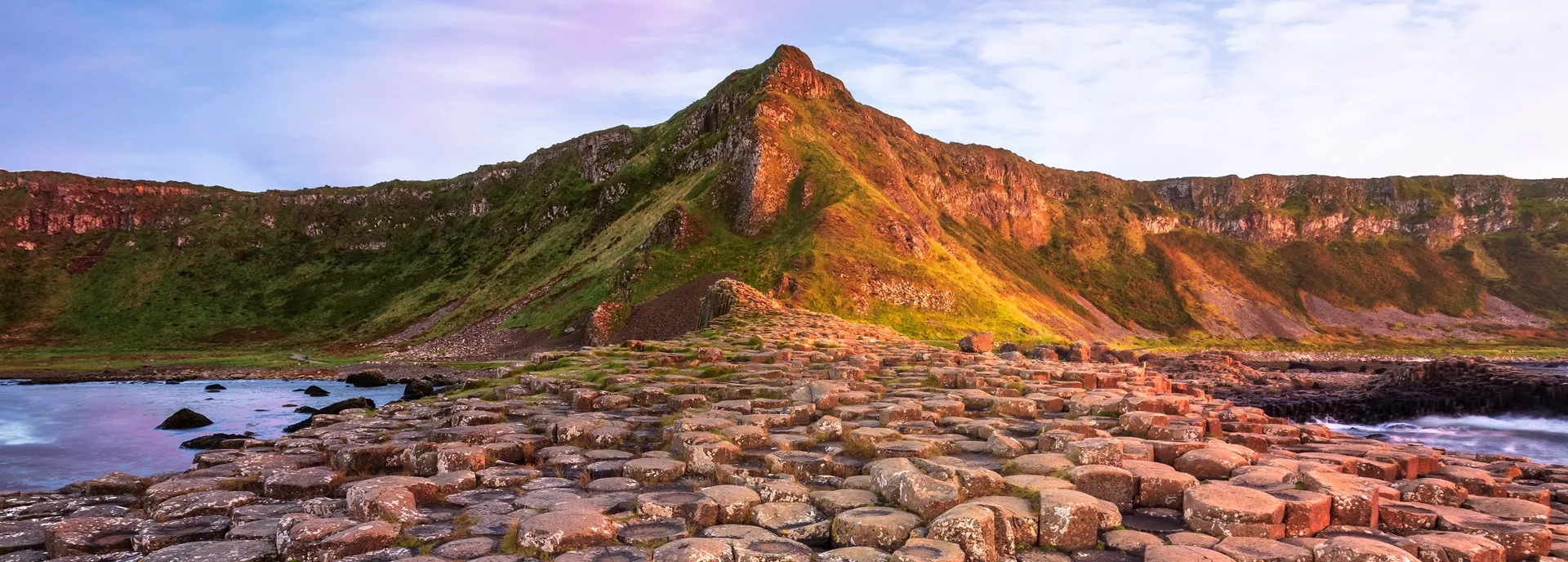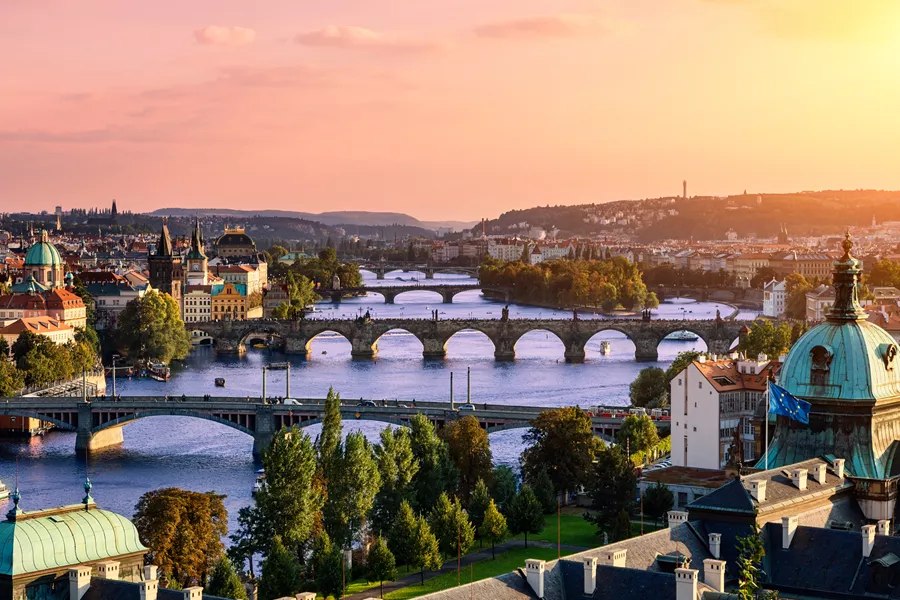What unique experiences can I expect from a luxury vacation in Europe and Britain?
Luxury travel is all about exclusive, once-in-a-lifetime experiences, such as:
A personal sommelier-led wine tasting in Bordeaux.
An after-hours tour of Doge's Palace in Venice.
An exclusive after-hours visit to the Tower of London to experience the Ceremony of the Keys, the oldest practiced military ceremony in the world.
A Belfast street art tour with a local artist.
Truffle hunting in Croatia with a local expert and private chef.
An indulgent lunch accompanied by a singing performance of Cante Alentejano.
A private yacht excursion along the sun-drenched Amalfi Coast.
Front-row seats in a historic Viennese concert hall.



































